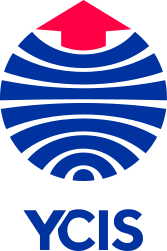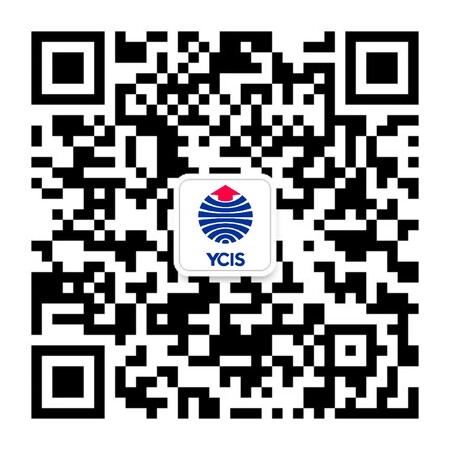Go Back
News
News
“I” is for Instrument, “G” is for Guzheng
News
15 Sep, 2017
10 : 00
At Yew Chung International School of Beijing, teachers have long used cross-subject integration to help students see the parallels between subject disciplines. The most prominent example of this is the YCIS Beijing Co-Teaching Model, in which English and Chinese language and culture are equally respected and valued. Yet cross-subject integration is also happening in other subject areas, where students explore the common themes and connections between subject matter.
One of the most recent examples of this is in the YCIS Beijing Year 1 class, where students have been exploring the sounds and rhythms of the alphabet using objects found in the music room. Helen Zhang, Primary Music Teacher at YCIS Beijing, explains how music is being used to supplement students’ language acquisition and offers tips for parents to encourage their child’s appreciation of music.
Harmonizing East and West with the Sound of Music
For 85 years, YCIS schools have emphasized the equal importance of Eastern and Western cultures. Both Chinese and English are taught to all YCIS students, but more than language, students dive deeper into the cultural elements that inform and distinguish the uniqueness of the two cultures.
One current example of this is at YCIS Beijing, where music lessons are being used to supplement language and culture classes. In addition to reinforcing speaking and listening, music contains many cultural elements that help students gain a more nuanced understanding of the differences between East and West. Through activities such as comparing musical instruments from China and Europe, students can hear, see, and feel the cultural differences, rather than simply being told they exist.
In Primary Year 1 classes, students are introduced both to Chinese traditional instruments and Western instruments – for example, the Western co-teacher will play the violin while the Chinese co-teacher will play the erhu.
Meanwhile, the names of the instruments are used to teach students the letters and sounds of the alphabet. Each week, four new letters are introduced, and each with an accompanying instrument. On the day that students are learning the letter g, for example, they will be introduced to the guzheng in music class. They can then attach the sight, sound and feel of the instrument to their understanding of the alphabet.
Music Appreciation and Language Learning
Song and dance are also wonderful ways to teach vocabulary. The melody, rhythm, and rhyming lyrics of a song make it catchy. Students have fun learning and dancing to songs, and they can practice singing them over and over again. Through song, students practice their pronunciation, vocabulary, and even grammatical structures. It’s a fun activity but also helps tremendously with their language learning.
Through cross-subject integration, educators show that there are far more commonalities than differences between subject disciplines. Whereas music may once have been considered a less important subject than maths, science, or languages, it’s now seen that each builds upon the other.
It’s therefore more important than ever to encourage children’s appreciation of music. This can be done through children joining school music clubs or purchasing instruments to practice at home. But in fact, one of the best and easiest ways is simply to listen to and talk about music with your children. Children will model their parents’ words, behaviours, and interests. Showing an appreciation for music yourself is one of the easiest and most effective ways to encourage your child’s own love of music – and love of learning in general.













